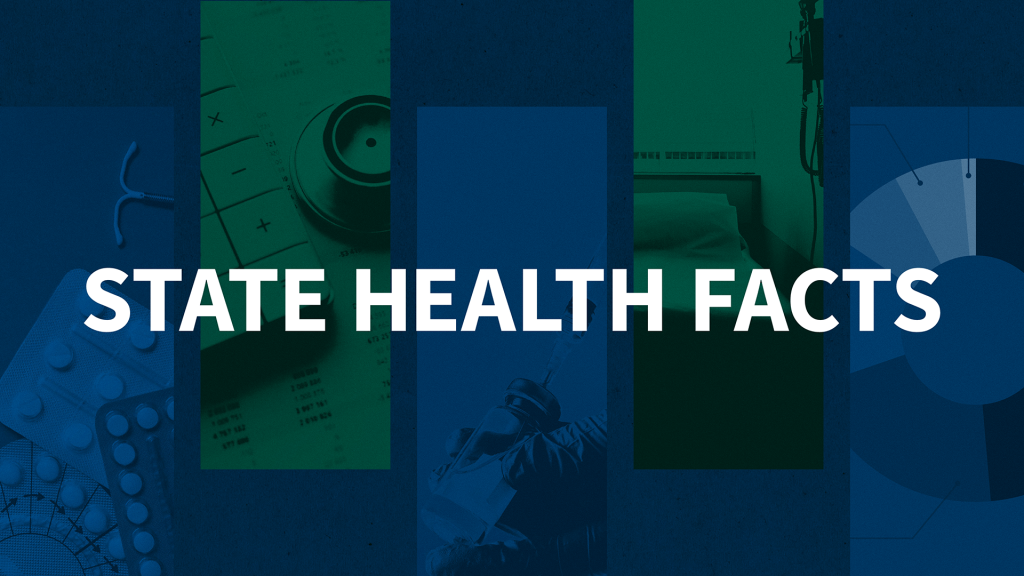Abortion in the U.S.: Utilization, Financing and Access
This fact sheet provides key data on the levels of use of different abortion procedures in the United States and reviews the different federal and state policies that affect availability of and access to abortion services. It also provides information on how abortions are financed in the public and private sectors and reviews the state-level policies and Medicaid and private insurance rules that affect coverage of abortion services, including parental involvement laws, provider protections and clinic regulations.
